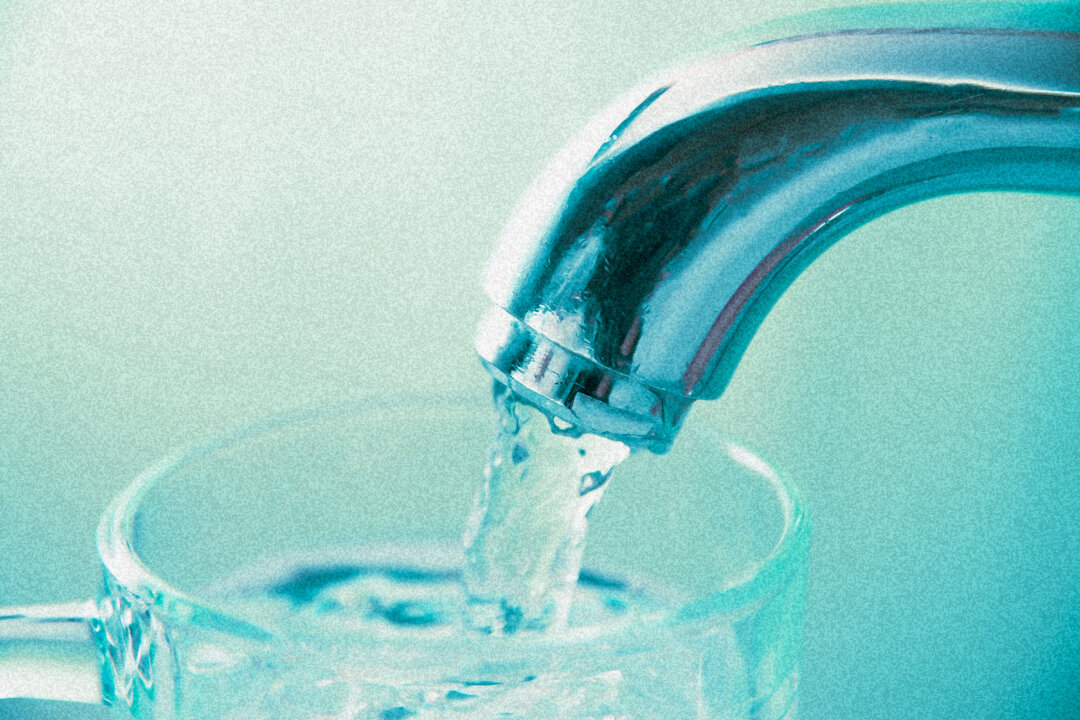More regulations on fluoride in drinking water may be coming due to the new court order last week, experts say. Fluoride, commonly added to drinking water to prevent cavities, has come under scrutiny. The decision was made in light of The National Toxicology Program’s (NTP) report in August, which found that 1.
5 milligrams of fluoride in drinking water is sufficient to pose neurodevelopmental risks in children. The EPA calculates a margin of exposure to determine a safety buffer between the exposure and hazard levels. For fluoride, the exposure rate should be one-tenth of the hazard level, lawyer Michael Connett said.
Since the NTP’s report found 1.5 milligrams per liter to be potentially risky, exposure risks could start from 0.15 milligrams per liter, Connett added.
Americans’ current exposure level of 0.7 milligram per liter—"the level presently considered “optimal” in the United States – poses an unreasonable risk of reduced IQ in children,” Chen wrote in his ruling. The agency is in the process of reviewing the judge’s decision, Jeffrey Landis, a media representative for the EPA, told The Epoch Times.
He referenced the court’s opinion, which did not conclude “with certainty that fluoridated water is injurious to public health.” Should the EPA accept the judge’s orders, the agency would need to start a rulemaking process, John Strait Applegate, a law professor at Indiana University, told The Epoch Times. “[This would] mean that it necessarily w.


















